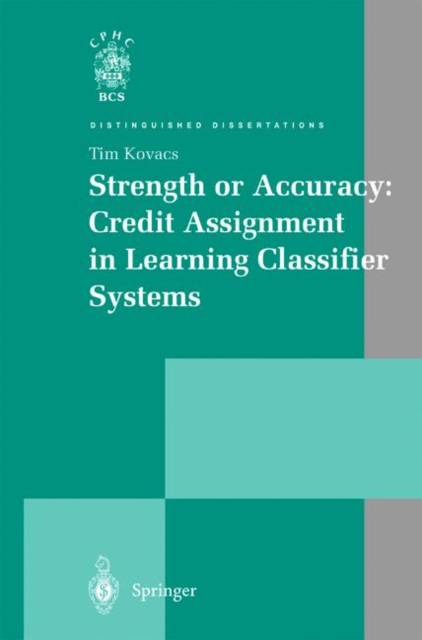
- Retrait gratuit dans votre magasin Club
- 7.000.000 titres dans notre catalogue
- Payer en toute sécurité
- Toujours un magasin près de chez vous
- Retrait gratuit dans votre magasin Club
- 7.000.0000 titres dans notre catalogue
- Payer en toute sécurité
- Toujours un magasin près de chez vous
Strength or Accuracy: Credit Assignment in Learning Classifier Systems
Tim Kovacs
195,95 €
+ 391 points
Format
Description
A detailed examination of learning classifier systems (LCS), a form of machine learning system, which incorporates both Evolutionary Algorithms and Reinforcement Learning Algorithms.
Spécifications
Parties prenantes
- Auteur(s) :
- Editeur:
Contenu
- Nombre de pages :
- 307
- Langue:
- Anglais
- Collection :
Caractéristiques
- EAN:
- 9781852337704
- Date de parution :
- 20-01-04
- Format:
- Livre relié
- Format numérique:
- Genaaid
- Dimensions :
- 156 mm x 234 mm
- Poids :
- 635 g

Les avis
Nous publions uniquement les avis qui respectent les conditions requises. Consultez nos conditions pour les avis.






